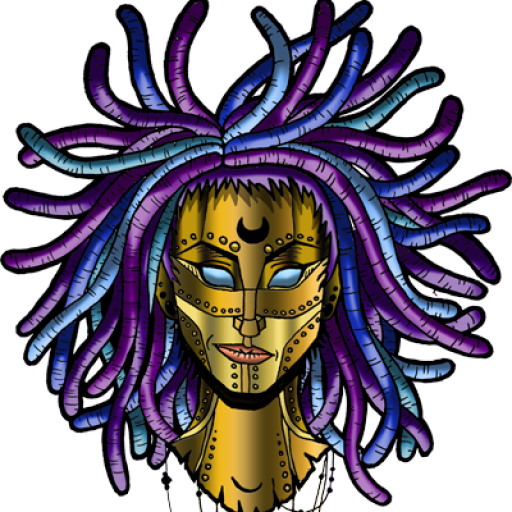How to Care for “Partial” Dreadlocks
Even if you only have one dread, you need to at the very least keep them CLEAN and keep them SEPARATE! Dreadlocks, whether you have one or one hundred, always have a tendency to want to “eat”/suck in any loose hair around them. Unless you want to end up with mega-dreads you need to regularly run your fingers through your hair around the dreads to make sure none of the hair you want left loose is getting tangled into the locks.

